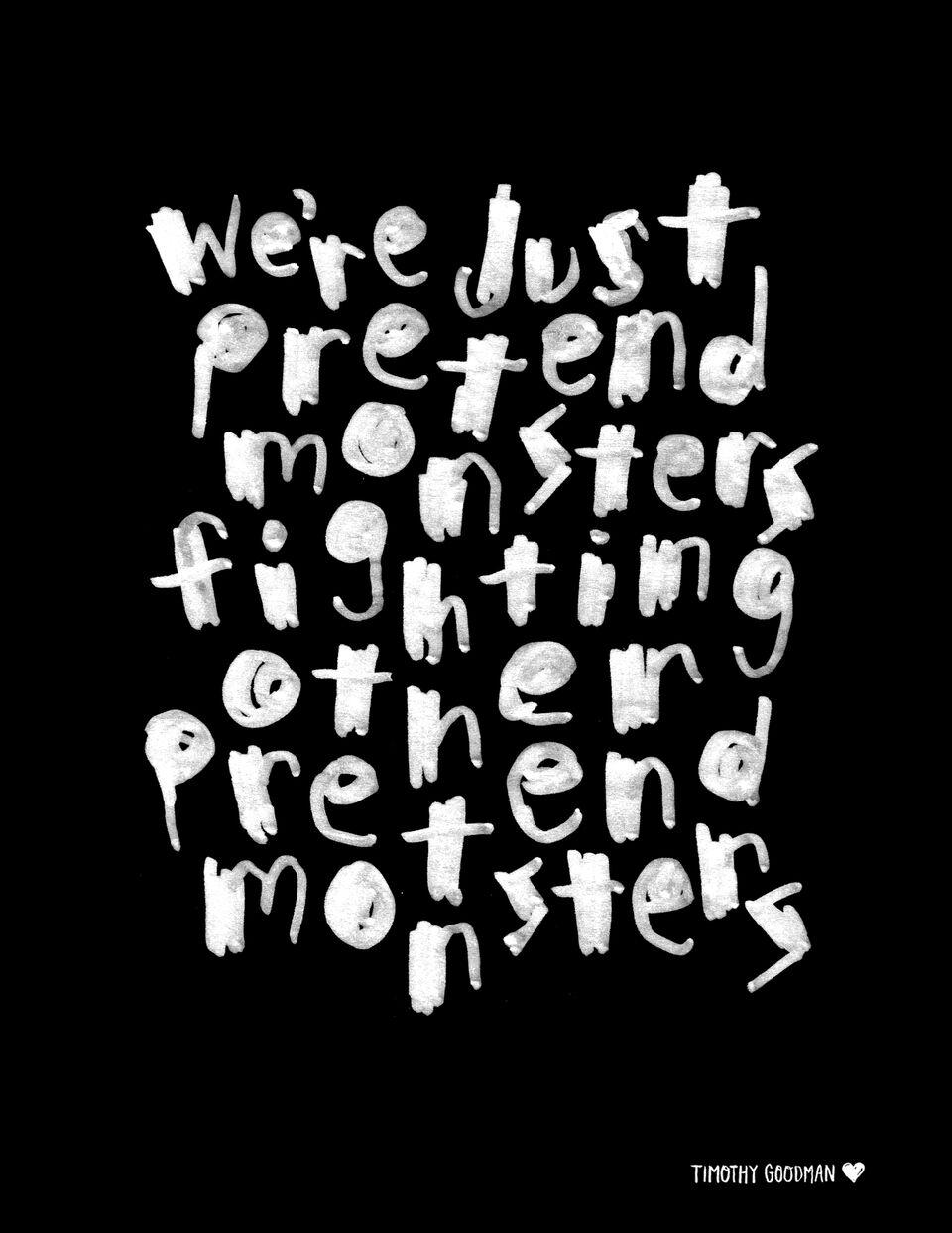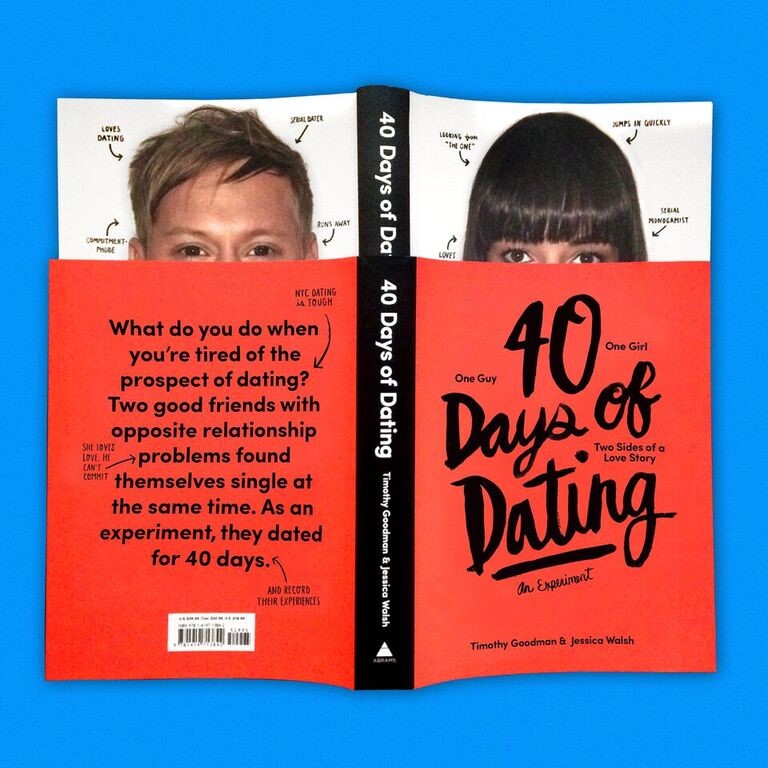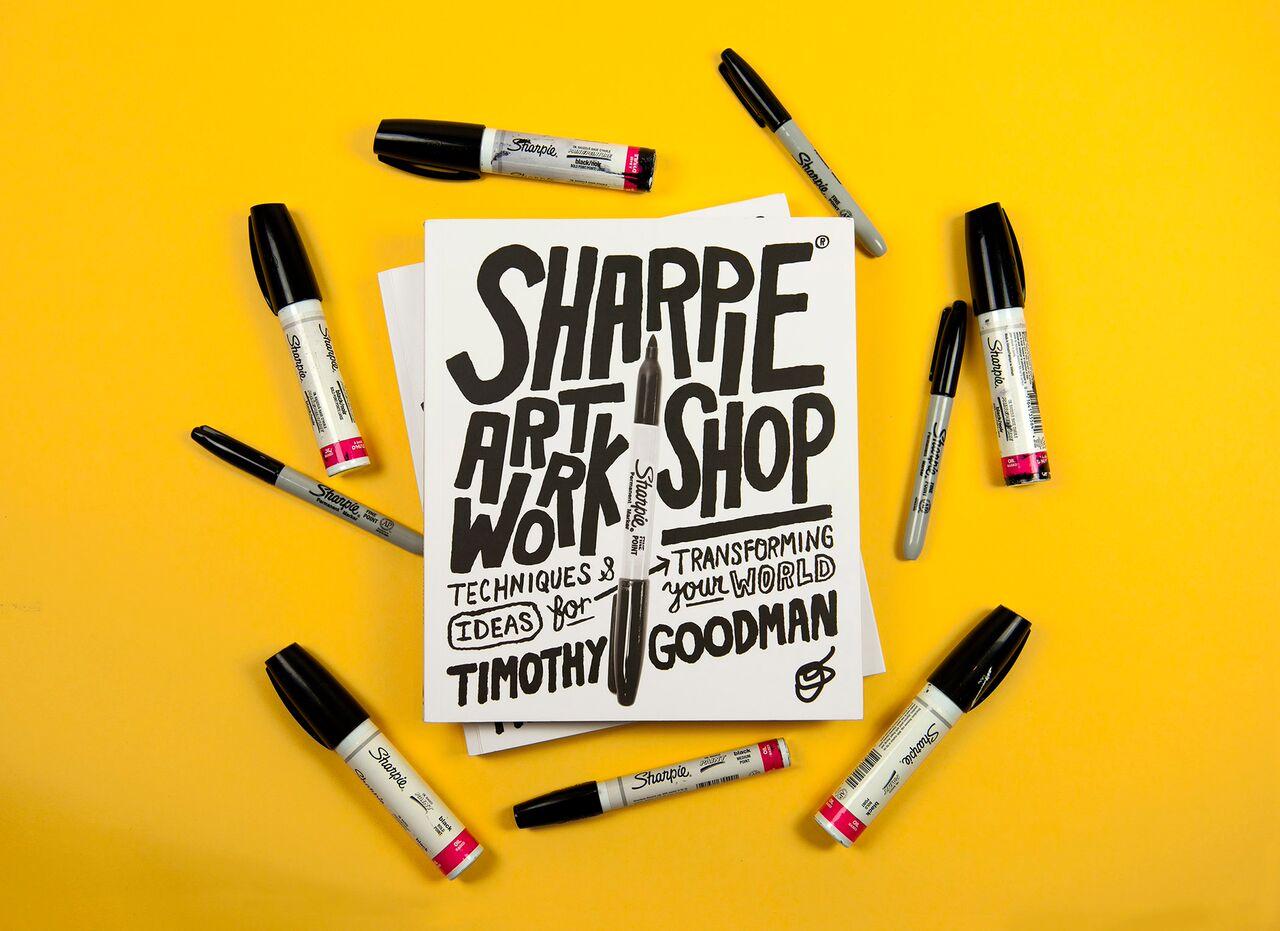Timothy Goodman is a designer, illustrator, and art director based in New York City. His work has achieved recognition via several awards, including the AIGA 365 Design Annual, the Art Directors Club Young Guns Award, the American Illustration Annual, and Communication Arts Design and Illustration Annuals. In addition to teaching at the School of Visual Arts in NYC, Timothy has done design work for Airbnb, Google, Ford, The New York Times, and others. He is also known for his writing in addition to his design. His Instagram series “Memories of a Girl” and his other forms of “Instatherapy” have garnered attention, with “Memories of a Girl” being exhibited at Colette in Paris. In 2013, Timothy co-created the blog and book “40 Days of Dating,” which narrates a personal experiment in which he and fellow designer Jessica Walsh dated for 40 days. “40 Days of Dating” received 15 million unique visitors and was optioned for film rights by Warner Bros. His second book, called “Sharpie Art Workshop,” is an instructional handbook on Sharpie artwork and was published in 2015.
You have designed the covers of many well-read publications (TIME, NYTimes, Newsweek) – how did you approach the design process? How did you know when the design was “finished?”
T.G.: I always try to create work that is driven by an idea, first. I want the idea to dictate the style and the execution. My process usually starts with marker sketches first, then we go from there.
Photo Credit: Timothy Goodman
It’s clear from your work that you’re a talented, driven individual. Have you ever struggled with doubt or self-doubt as a designer? If so, how did you overcome it?
T.G.: Of course! I try to do everything with “play.” I’m interested in taking my doubts and making work out of them. It’s what we’ve tried to do with 12 Kinds of Kindness and 40 Days of Dating. I want to continue working for wonderful clients, but I also want to continue to break down the boundaries of my personal and professional lives, and make robust projects about things that are important to me.
Photo Credit: Timothy Goodman
In the sense that it encourages problem-solving and creativity, design thinking can be applied to almost any field. How do you think that artists and designers can help the world move forward?
T.G.: I don’t think I have an answer for that. I heard a great quote by Lena Dunham recently where she says “by sharing your own stories, you’re essentially performing a kind of activism that’s very important… by sharing things that are close to you, you will connect to other people
who feel alone in the world.” 40 Days has torn down a wall I’m no longer interested in having up as a designer. We found that so many of our own experiences and fears are the same as a lot of people’s, and starting this series was just another way for me to continue to connect to people and start a dialogue through my work. It’s been amazing to see how much being honest and raw can resonate with people. I want to be more vulnerable as a human and as a designer.
Related articles: BRENTON CLARKE LITTLE – A BALANCE OF LIGHT AND LINES
MEET LONDON AGENCY CREATIVE DIRECTOR MATT SCUTT
JAVIER PÉREZ: CREATION OF MINIMALISM DRAWING WITH REAL-LIFE OBJECTS
It can be difficult to keep up with the demand for new technological expertise and skills these days! How are you able to keep pace?
T.G.: Well it’s important for me to stay with the trends, too. However, with all my work, I’m interested in working with ideas first. Technology is just a tool to get the ideas out.
For a full mindmap behind this article with articles, videos, and documents see #graphicdesign
Photo Credit: Timothy Goodman
You recently came out with an instructional book on Sharpie artwork, called Sharpie Art Workshop. Is it possible to develop drawing skill if a person isn’t naturally talented?
T.G.: Yes! Sharpie is kind of the ‘everyman’ marker: kids use them to draw pictures, athletes use them to sign autographs, artists use them in their work, some people might use them to touch up a scratch on their piano, my mom uses them to write a grocery list, etc. I wanted to highlight all these possibilities.
Photo Credit: Timothy Goodman
Recommended reading: “11 OF THE BEST INFOGRAPHIC DESIGNS OF 2015”
_ _














